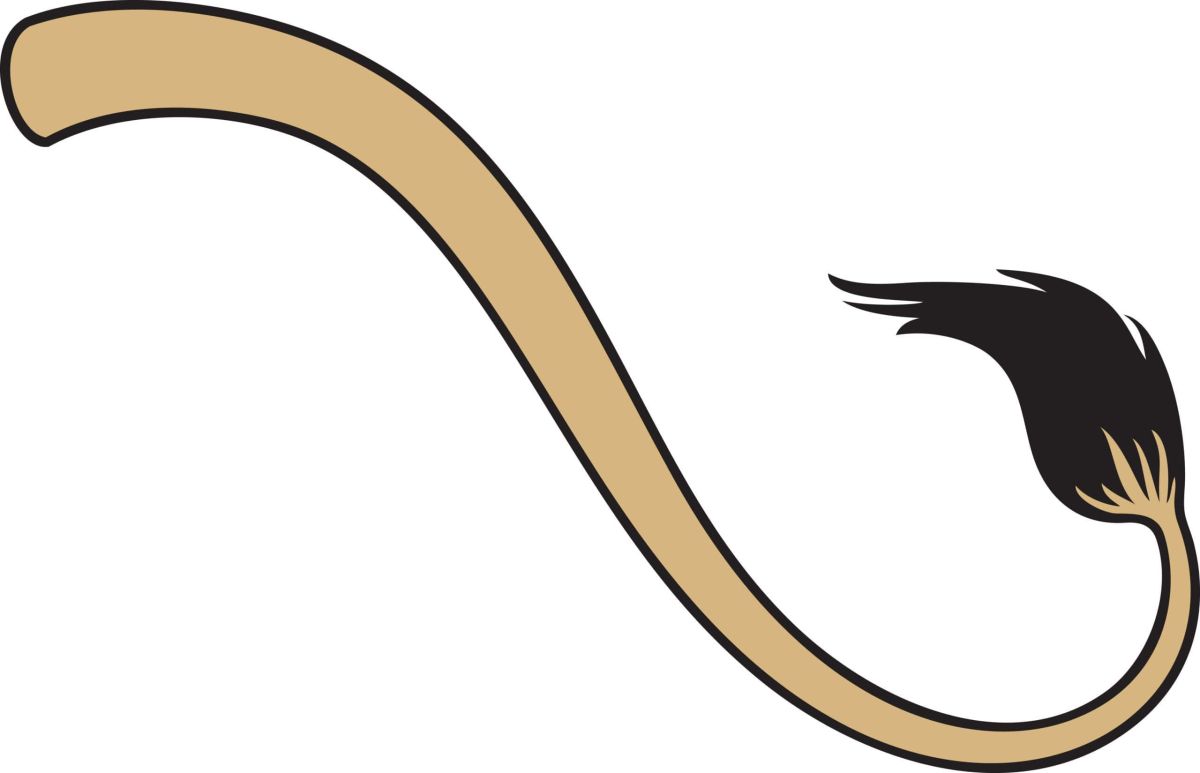The Anatomy and Communication of Cats’ Tails

Cats, those enchanting, independent creatures that have captured the hearts of millions, possess a unique means of communication that is often overlooked: their tails. Through a combination of position, movement, and shape, a cat’s tail serves as a vital tool for expressing emotions, intentions, and even their physical state. Understanding feline tail behavior can provide us with deeper insight into our furry companions’ moods and needs.
Anatomy of a Cat’s Tail
Before delving into the communication aspect, it’s essential to understand the anatomy of a cat’s tail. A cat’s tail is comprised of several vertebrae encased in muscle and connective tissue. This structure not only provides flexibility but also allows for various movements. Tails can be long and slender or short and fluffy, depending on the breed, but the functionality remains consistent across different types.
Tail Positions and What They Mean
Cats utilize different tail positions to convey their emotions. Here are some common tail positions and their meanings:
- Upright Tail: A tail held high usually indicates a happy and confident cat. This position often signifies that the cat is feeling content and is approachable. An upright tail can also be seen during interactions with other cats as a greeting.
- Curled Tail: When a cat’s tail curls at the tip or forms a circular shape, it usually indicates friendliness and an inviting demeanor. It’s a sign that the cat is feeling secure and open.
- Puffed Up Tail: A puffed-up tail often signals fear or aggression. The cat’s fur stands on end as a way to appear larger and more threatening to potential threats. It’s an instinctual defense mechanism.
- Low or Drooping Tail: A tail held low indicates a more submissive state. This can occur during moments of fear or uncertainty. A cat in this position may be trying to signal that it is not a threat.
- Swishing or Lashing Tail: Rapid swishing back and forth usually signifies irritation or agitation. This is commonly seen when a cat is played with excessively or feels bothered by something in its environment.
- Tail Tucked Between Legs: This position is indicative of a very frightened or submissive cat. It’s a defensive posture that signifies distress or a desire to retreat.
Tail Movement and Emotion
The way a cat moves its tail can also convey emotions and intentions. For example:
- Gentle Flicks: If a cat’s tail is gently flicking, it could indicate annoyance or distracted interest. This behavior may be noticed while a cat is observing something intriguing yet feels somewhat threatened.
- Slow Wave: A tail that moves slowly side to side can show that the cat is in a relaxed but alert state, often signaling that they are watching their environment carefully.
- Rapid Movement: Conversely, quick and erratic movements can suggest excitement or agitation, often exhibited during playtime or when a cat is geared up for a pounce.
The Importance of Tail Communication
Understanding tail communication is crucial for cat owners, as it enables them to better respond to their pets’ needs and emotions. For instance, recognizing signs of anxiety or frustration can help prevent negative encounters, such as aggressive behavior or biting. Similarly, recognizing positive tail signals fosters a deeper bond between the cat and its owner.
In multi-cat households, understanding tail communication can help prevent conflicts and promote harmony. Observing how cats interact with one another through their tails can reveal a wealth of information about their hierarchies and relationships.
A cat’s tail is more than just a beautiful appendage; it is a powerful tool for communication and expression. By paying attention to tail positions and movements, cat owners can gain invaluable insights into their pets’ emotional states and needs. So, the next time you observe your feline friend flicking, curling, or puffing their tail, take a moment to interpret what they might be trying to convey. In doing so, you will become more attuned to their moods, ultimately enhancing your relationship and understanding of these fascinating creatures.



